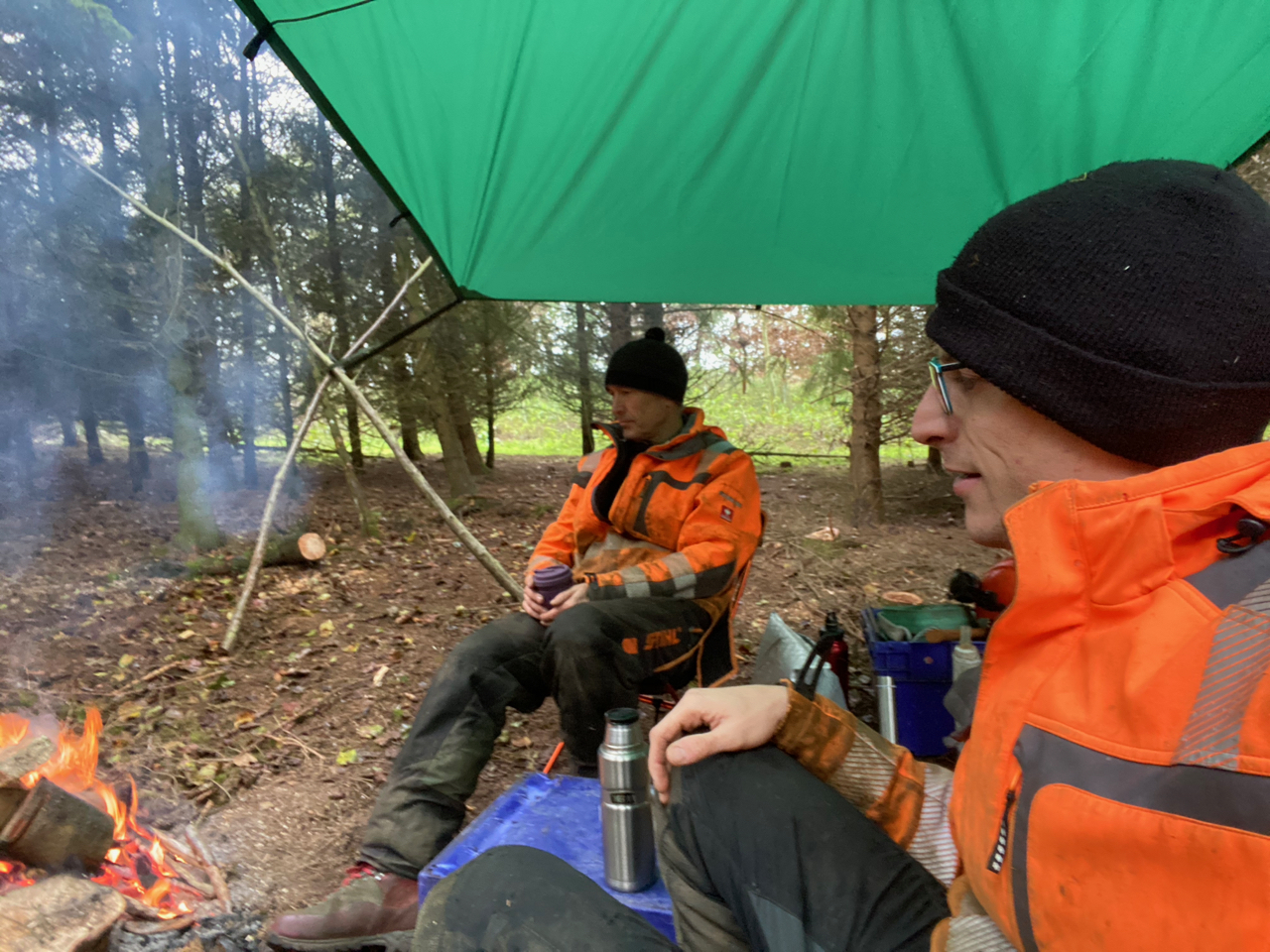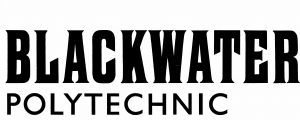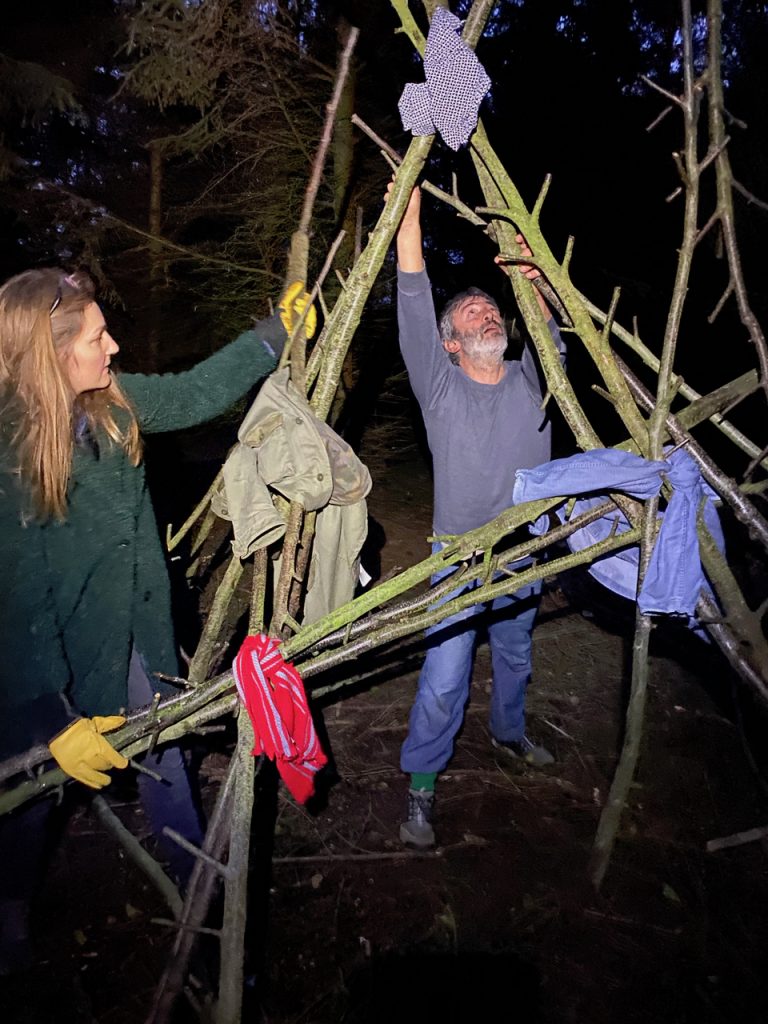06 Jan Unbelievable () Totally believable

Each member of the Crafting the Commons network has been invited to write a post for the blog, capturing their thinking about commons and commoning as the project unfolds. This post is by Ben Coode-Adams.
About us

I should preface the following by saying that I organise an exhibiting commons called the Blackwater Polytechnic here in rural North Essex. We have regular members Simon Emery, Sara Impey, Justin Knopp, and Freddie Robins. And then we have extraordinary members including but not limited to Celia Pym, EMC Collard, and Julie Arkell. Befitting a polytechnic we have members who make things here using our resources, including but not limited to Nicol Wilson, Anthony Rintoul, Tristan Howe and Dave Howe. We are based on a fruit farm which is an active resource for the commons, giving us economic opportunity, a place to find materials as well as a territory to exhibit and work in.
My personal practice is based around farming, curating, public realm sculpture using blacksmithing and steel fabrication, and gallery based watercolours. All these activities are thinking about how things go together to make meaning and narrative.
I have a particular workshop event that I run periodically that deals with quantum physics, meditation, watercolours and yoga movement. This workshop develops neuroplasticity through the contemplation of paradox; by activating the contradiction between System 1. – fast and System 2. – slow thinking (outlined by Daniel Kahneman), as well as exercising the mind/body to improve participants’ personal satisfaction with their own work instead of looking for outside validation.
About me/commons
I love the idea of the commons and have been putting commons-ideas into practice in so far as I am able, and as far as I understand them. I love making things. I am a huge supporter of the practice of visually-based activity as a key to well-being and personal resilience. So the idea of ‘crafting-the-commons’ combines two things I really love and have huge sympathy for.
But then I start to think about it and a series of problems arise in relation to practising craft and practising commons; specifically the anomaly of the personal practice versus the group activity, incredibly honed skill versus giving something ‘a bit of a go’, object versus process and the cascade doesn’t stop. The intractable knots and paralysing exceptions pile up even as I hold those two ideas, the individual and the group in my mind.
I can’t help but love seeing the performance of individual excellence viscerally. And the group? I love being part of one working to a common goal. But being outside looking in – not always so interesting… Also inter-group power dynamics – who needs them? And don’t get me started on the economic oppression of ‘socially-engaged-practice’.
So why this is all ‘Unbelievable’ is that I was meditating in my usual way (yes you should be doing that too – get with the programme), and it hit me with a flash of entirely predictable unpredictable inspiration; that of course, the commons aspect of this project LIVES IN ITS PARADOX.
The paradox is the territory of commonality. The paradoxes of making and commoning lie like a web of tension rods holding the two activities in a beautifully appropriate crystalline structure.
The individual activity and the group activity seen as separate entities are fog obscuring the commons in which we can all share. We can in fact glide from one position to another along the paradox.
Another way of looking at this could be this. When I was undertaking my ‘O’- level art (that’s how old I am) our art teacher piled up all the furniture in the art room and asked us to draw the negative space; a classic Bauhaus type move.
So what if we see the commons as a whole heap of stuff piled up, that might include a coppice wood, a group of woodworkers, some tools and some mental health problems or another that might include a whole heap of donated wool, some knitters, some social issues and a village hall. The thing that unites these two commons ALWAYS is the space between the things in the commons. There is always space between. Each commons has a unique footprint to its spaces between, which gives it its specificity, but the space between is ALWAYS the same.
Conclusion
In order to strengthen our commons we should seek out our paradoxes and amplify them. We should shine a light on the shapes between things instead of ignoring the contradictions and anomalies, the corners that don’t work in one way or another. So that’s what our Blackwater Polytechnic exhibit for We are Commoners will seek to do.



